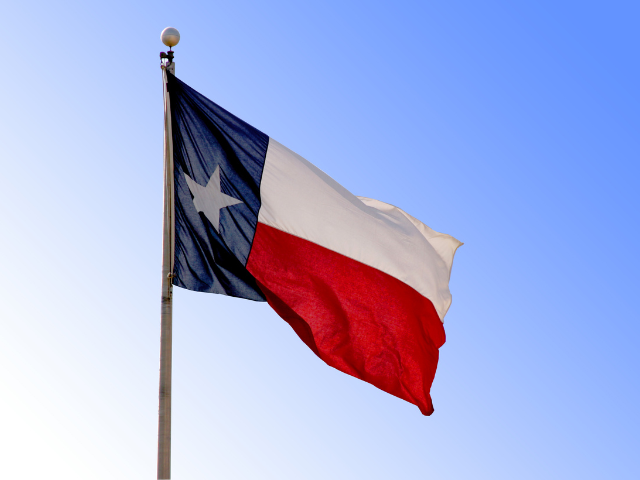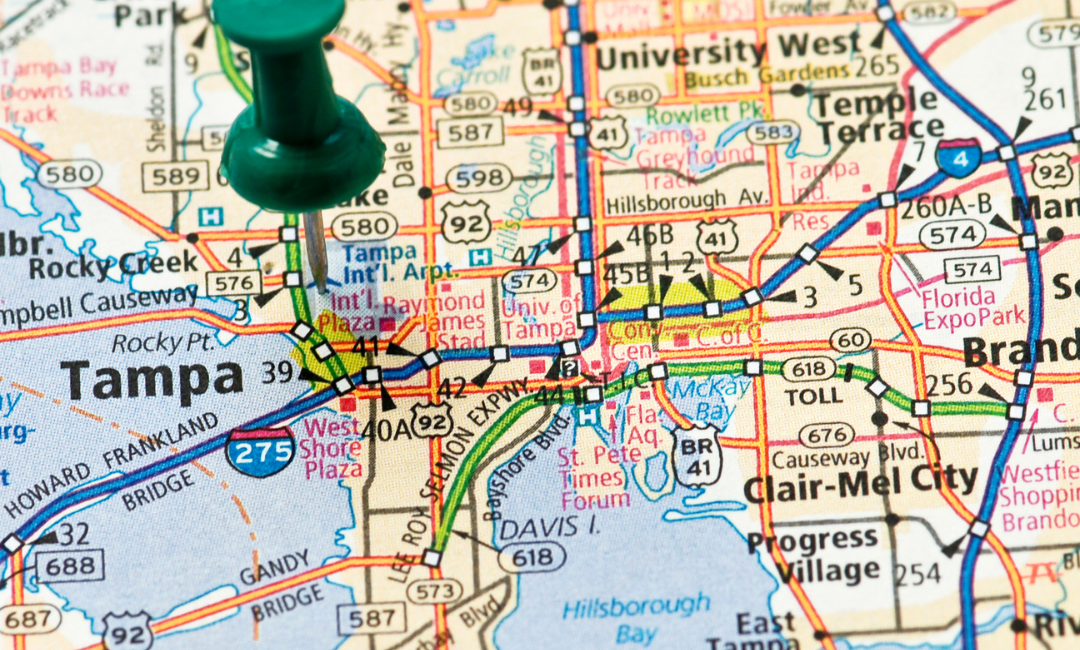Has the Industry Response Changed?
A chief concern among those who oppose the minimum staffing mandate is securing enough workers to meet the requirements. A KFF analysis found that 19% of facilities meet all requirements in the ruling, but nearly 60% “would meet the interim requirement of an overall requirement of 3.48 HPRD.”
Mark Parkinson, AHCA/NCAL president and CEO, told SNN that it’s “not hyperbole” to call access to care a national crisis, noting that nursing homes are closing at a faster rate than they’re opening.
Speaking to PBS News Hour, KFF Senior Correspondent Jordan Rau said backlash from some stakeholders is occurring because of the cost to meet the staffing standards.
“It’s going to be extremely expensive to hire those people, and a lot of people don’t want to take these jobs right now,” Rau said. “I mean, if you’re a nursing aide, the average pay is about $19 an hour. People don’t want to do that. It’s a very, very difficult job. So in some places they’ll have to increase the wages. So the industry claims that they can’t afford it, and so they’ve resisted it, both politically, they’ve gone to Congress, and they’re looking to block and overturn the rule, and also legally and going to the courts.”
Melissa Batchelor, Ph.D., RN, and Diana J. Mason, Ph.D., RN, who both work at the George Washington University School of Nursing, questioned in a July editorial for STAT News why the industry is trying to reverse the ruling “in a way that would ensure that no administration can ever set minimum staffing standards.”
However, Barry Port, the chief executive officer of Ensign, believes the mandate will be struck down in the aftermath of Chevron ruling. He told SNN that the attorney who brought the Chevron case to the court also is representing AHCA in its suit.









